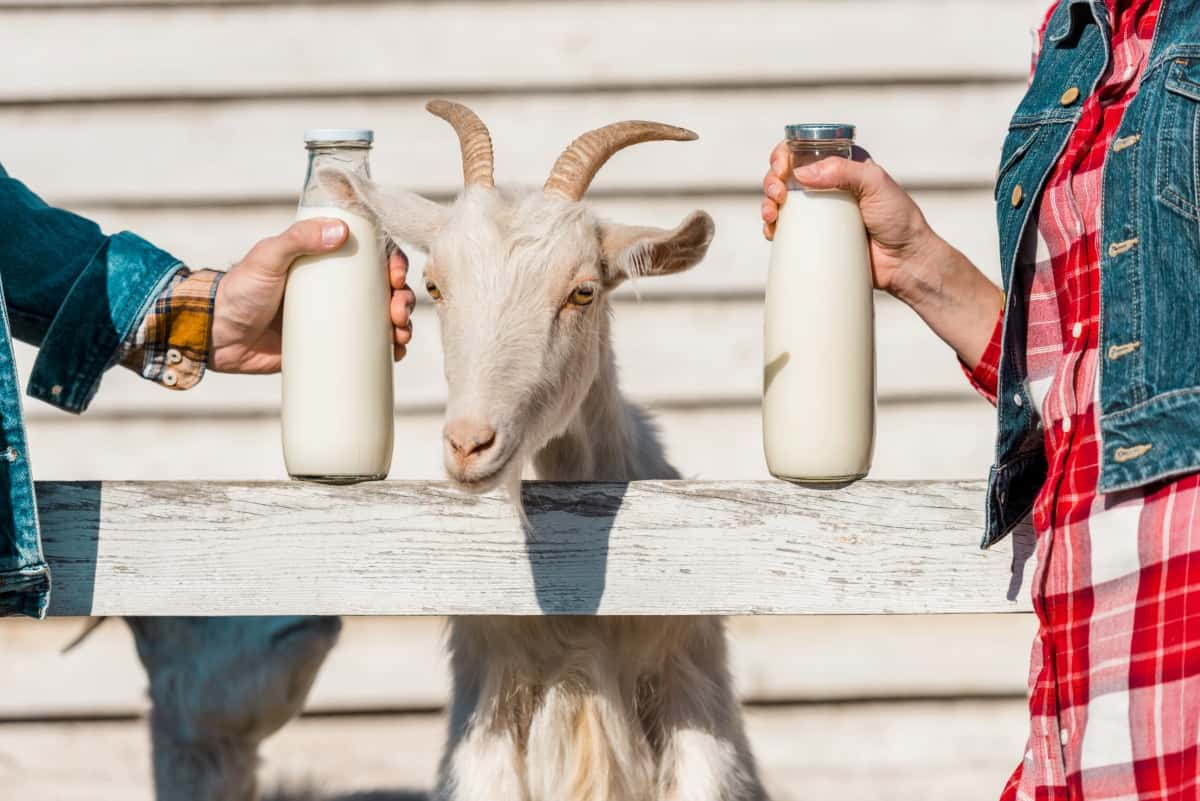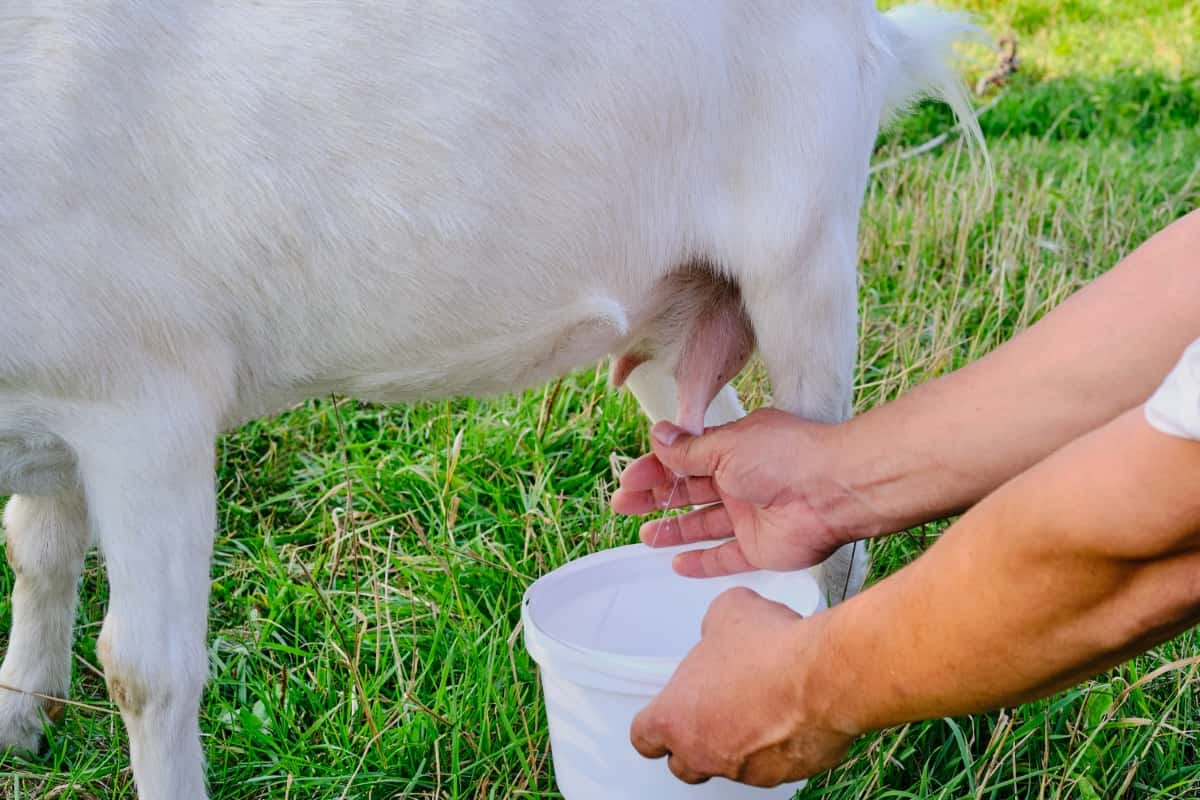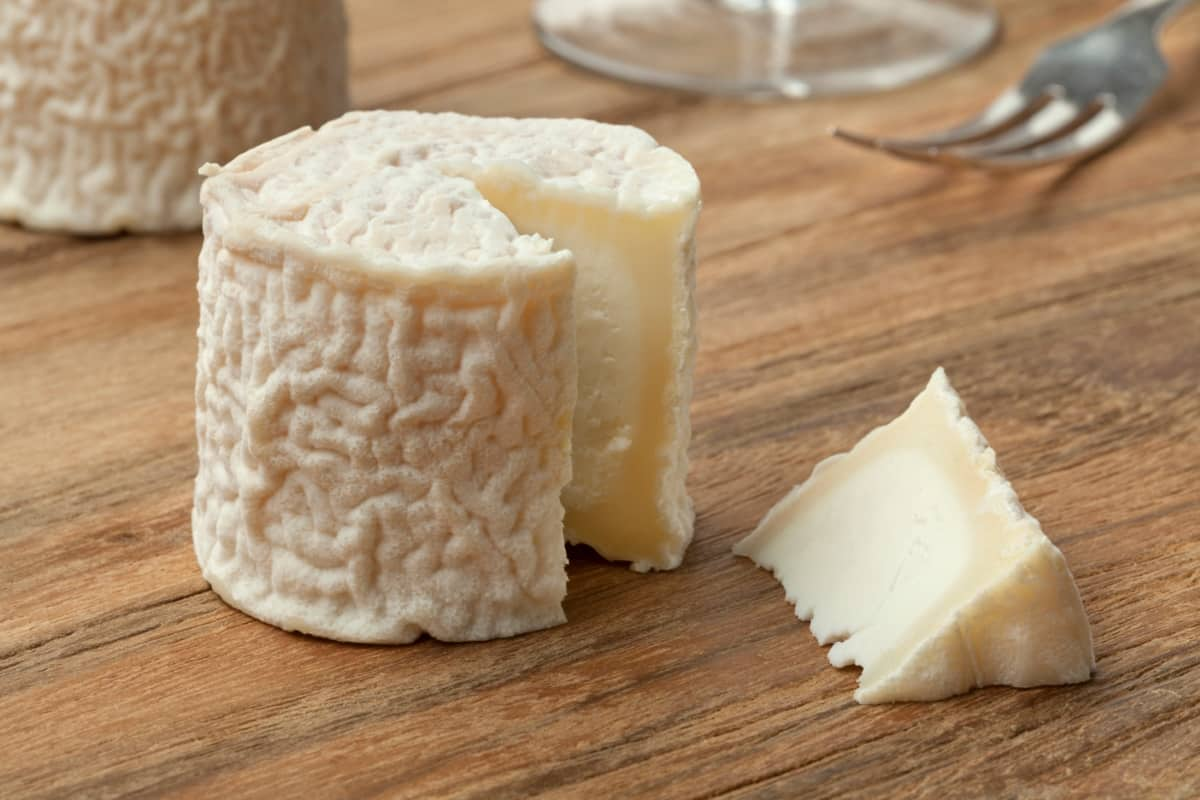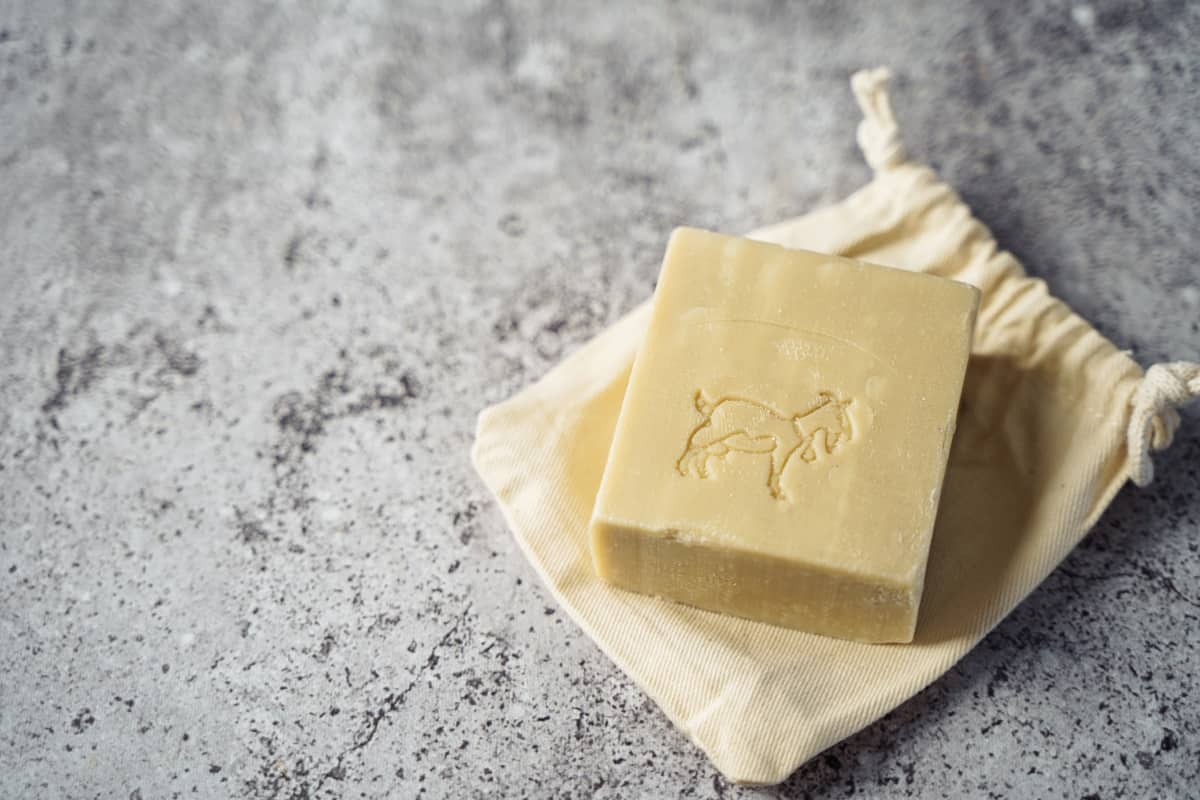Goat milk is recognized for its numerous health benefits and compatibility with individuals who may be lactose intolerant or have sensitivities to cow’s milk. The milk’s nutritional profile is similar to cow’s milk but with some differences, such as higher levels of certain vitamins and minerals. Goat milk is one of the valuable sources of protein, calcium, phosphorus, and essential vitamins like A and D. Goat milk processing involves the transformation of raw goat milk into various dairy products, ranging from cheese and yogurt to soap and skincare items.

Goat Milk Processing and Products
Benefits of Goat Milk in Dairy Processing
Nutritional Value: Goat milk is nutrient-dense and contains high-quality protein, vitamins, and minerals. It is a good source of calcium, which is vital for bone strength and other body functions.
Digestibility: Goat milk is often considered easier to digest than cow’s milk due to its smaller fat globules and different protein composition. Some people who are lactose intolerant may tolerate goat milk better.
Lower Allergenicity: Some people who experience allergies or sensitivities to cow’s milk may find that they can tolerate goat milk more easily due to differences in protein.
Versatility: Goat milk can be processed into various dairy products, including cheese, yogurt, butter, ice cream, and soap. Its versatility allows small-scale and artisanal producers to create niche products.
Understanding the Milk Collection Process for Goat Milk
Milking Process: Goat milk is typically collected using mechanical milking machines or by hand milking, depending on the scale of the operation. The milking process should be clean and hygienic to ensure the milk’s quality.
Storage and Cooling: Freshly collected goat milk should be immediately stored in sanitized containers and rapidly cooled to preserve its freshness and prevent bacterial growth.
Quality Control: Regular testing for fat content, protein levels, and bacterial load is essential to maintain product consistency and quality. Goat milk may vary in composition depending on breed, diet, and lactation stage.
Transportation: If the milk is collected from multiple sources, proper transportation methods and temperature control are crucial to prevent spoilage and maintain milk quality.
Processing: The collected goat milk can be processed into various dairy products like cheese, yogurt, and butter through pasteurization, fermentation, and other techniques.
Pasteurization Techniques for Goat Milk
High-Temperature, Short-Time (HTST) Pasteurization
- HTST pasteurization is a common method for pasteurizing goat milk.
- In this process, goat milk is rapidly heated to at least 72°C for 15 seconds.
- After the heat treatment, the milk is quickly cooled to below 10°C to prevent overcooking and maintain its quality.
Low-Temperature, Long-Time (LTLT) Pasteurization
- LTLT pasteurization involves heating goat milk to a lower temperature, typically around 63°C, and holding it at that temperature for a longer duration, typically 30 minutes.
- This method is often used for goat milk when the goal is to maintain a more natural flavor and nutrient content.
Ultra-High Temperature (UHT) Pasteurization
- UHT pasteurization involves heating goat milk to an even higher temperature, typically between 135°C and 150°C for a very short time (2-5 seconds).
- This ultra-high-temperature treatment results in a longer shelf life, and the milk can be stored at room temperature before opening.
In case you missed it: Goat Breeding Calendar: Goat Gestation Stages and Goat Gestation Table

Cheese Making from Goat Milk: Traditional Methods and Varieties
Traditional goat cheese production encompasses various methods and yields a rich assortment of cheese varieties. Fresh chevre is a classic favorite, renowned for its creamy texture and tangy flavor. Feta, a crumbly cheese often brined for a salty profile, is widely appreciated. Goat milk can also create unique adaptations of cheeses like Gouda, Camembert, and blue cheese.
Typically, cheese making involves curdling the milk with rennet, acid, or enzymes, followed by draining and aging. These traditional techniques give rise to a diverse spectrum of goat cheese, offering a range from soft and fresh options to hard, aged delights, each characterized by distinctive flavors and textures, allowing for a versatile culinary experience.
Yogurt Production using Goat Milk: Techniques and Flavors
Goat milk yogurt production involves heating the milk to around 82°C to kill harmful bacteria, cooling it to 43-46°C, and adding yogurt cultures like Lactobacillus. The mixture is incubated for 6-12 hours to ferment, producing creamy goat milk yogurt. Flavor options are diverse, from plain and tangy to sweet and fruity.
Additions like honey, vanilla, or fruit preserves enhance taste. Goat milk yogurt boasts a unique, slightly tangy flavor and creamy consistency, making it a nutritious alternative to cow’s milk yogurt. Its versatility allows for various flavor profiles, appealing to various palates.
Ice Cream and Gelato Manufacturing with Goat Milk
Ice cream and gelato manufacturing using goat milk involves blending goat milk, cream, sugar, and flavorings. The mixture is then pasteurized to eliminate bacteria, cooled, and churned in an ice cream machine. Goat milk’s natural creaminess and lower fat content than cow’s milk create a rich, velvety texture with a distinctive, slightly tangy flavor.
Gelato typically uses less fat than ice cream and less air during churning, resulting in a denser, smoother texture. Goat milk adds a unique twist to frozen desserts, offering a delicious and refreshing treat for those seeking a different flavor profile and potential benefits for the lactose-intolerant.
Butter and Ghee Production from Goat Milk
Butter and ghee can be produced from goat milk using a straightforward process. To make butter, goat cream is separated from the milk and churned until the fat molecules form butter. The remaining liquid is buttermilk. Ghee is produced by clarifying butter. It involves heating the butter to evaporate water and separate the milk solids from the pure butterfat.
In case you missed it: Top 12 Dairy Goat Breeds in the USA: The Best Milk Goat Breeds for Your Farm

The result is a golden, aromatic, and highly stable cooking fat. Goat milk butter has a distinct flavor and a rich, creamy texture, while goat milk ghee offers a nutty, slightly sweet aroma and is popular for cooking due to its high smoke point and longer shelf life.
Goat Milk Powder: Processing and Applications
Goat milk powder is produced through the dehydration of goat milk. The processing involves pasteurization to kill bacteria, evaporation to remove water content, and spray drying to create a fine powder. Goat milk powder is versatile and has applications in various food products. It is a convenient dairy ingredient in baking, confectionery, and beverage manufacturing.
It also produces nutritional supplements, infant formula, and instant dry mixes. With its mild flavor and nutritional benefits, goat milk powder is favored by individuals with lactose intolerance or those seeking an alternative to cow’s milk powder in culinary and nutritional applications.
Goat Milk Soap: Manufacturing and Benefits for Skin Health
Goat milk soap is crafted by blending goat milk with natural oils and lye through a cold process. This soap is rich in vitamins, minerals, and fatty acids, making it a gentle and nourishing cleanser for the skin. Its benefits include moisturization, skin irritation, and redness reduction, and the provision of essential nutrients that promote healthy skin.
The lactic acid in goat milk exfoliates, while its anti-inflammatory properties soothe sensitive skin. The soap’s natural ingredients make it suitable for individuals with sensitive skin conditions like eczema, acne, and dryness, helping maintain a soft, radiant complexion.
Exploring Other Goat Milk Products: Lotions, Shampoos, and Cosmetics
Beyond soap, goat milk is also utilized in various skincare products like lotions, shampoos, and cosmetics. Goat milk lotions contain vitamins and fatty acids that provide deep hydration and skin repair. Goat milk shampoos are gentle on the scalp, promoting hair health and managing issues like dandruff.
In case you missed it: 10 Best Goat Breeds for Pets: Popular Choices for Pet Owners

Additionally, cosmetics, including foundations and lip balms, often incorporate goat milk for its moisturizing and nourishing properties, giving the skin a natural, healthy glow. These products are suitable for people who have sensitive skin and offer a more holistic approach to personal care, harnessing the benefits of goat milk for overall skin and hair health.
Conclusion
In conclusion, goat milk processing offers diverse products, from delectable goat cheese to nourishing skincare items like soap, lotions, and cosmetics. This versatile resource tantalizes taste buds and promotes skin and hair health due to its rich nutrient content. Whether in culinary delights or beauty regimes, goat milk’s myriad uses make it a valuable and wholesome choice for consumers seeking culinary delights and skin-friendly solutions.
- Feed Your Flock for Less: Top 10 Tips to Save on Chicken Feed
- Ultimate Guide to Ossabaw Island Hog: Breeding, Raising, Diet, and Care
- Hatching Answers: The Top 10 Reasons Your Chickens Aren’t Laying Eggs
- Eggs and Economics: Breaking Down the Cost of Raising Backyard Chickens
- Defend Your Greens: Proven Methods to Keep Iguanas Out of Your Garden
- Ultimate Guide to Cinnamon Queen Chicken: A Comprehensive Guide for Beginners
- Ultimate Guide to California Tan Chicken: Breeding, Raising, Diet, Egg-Production and Care
- Ultimate Guide to Marsh Daisy Chicken: Breeding, Raising, Diet, and Care
- 10 Types of Chicken Farming Businesses You Can Start for Profits